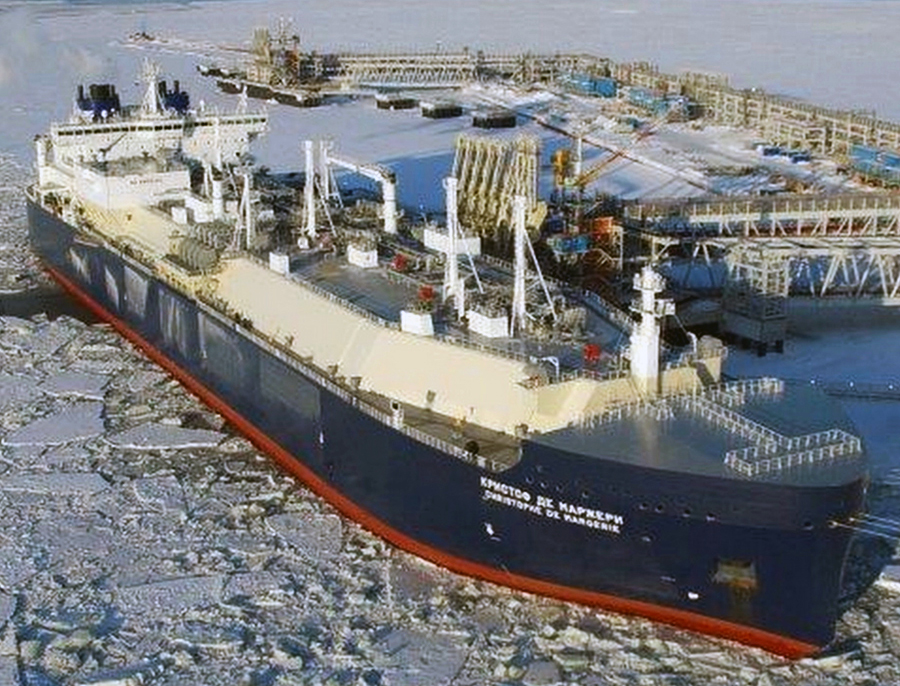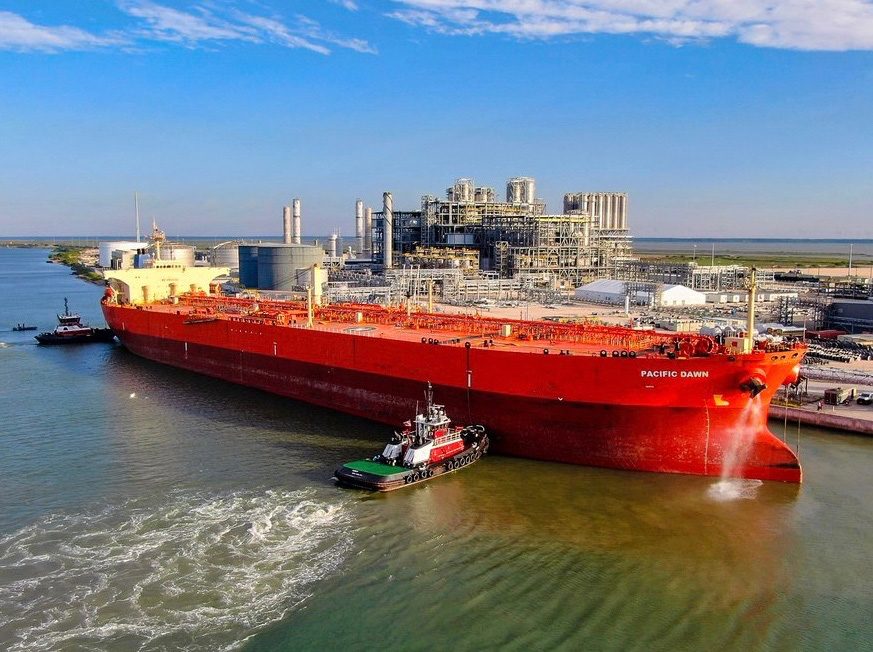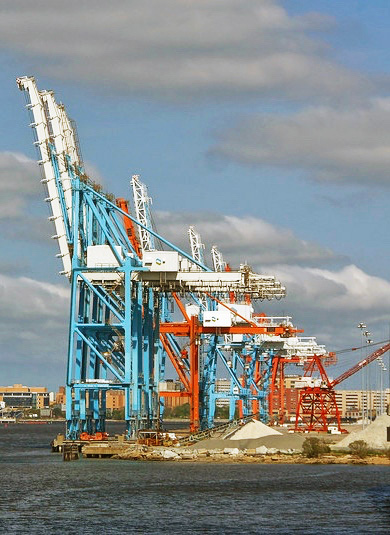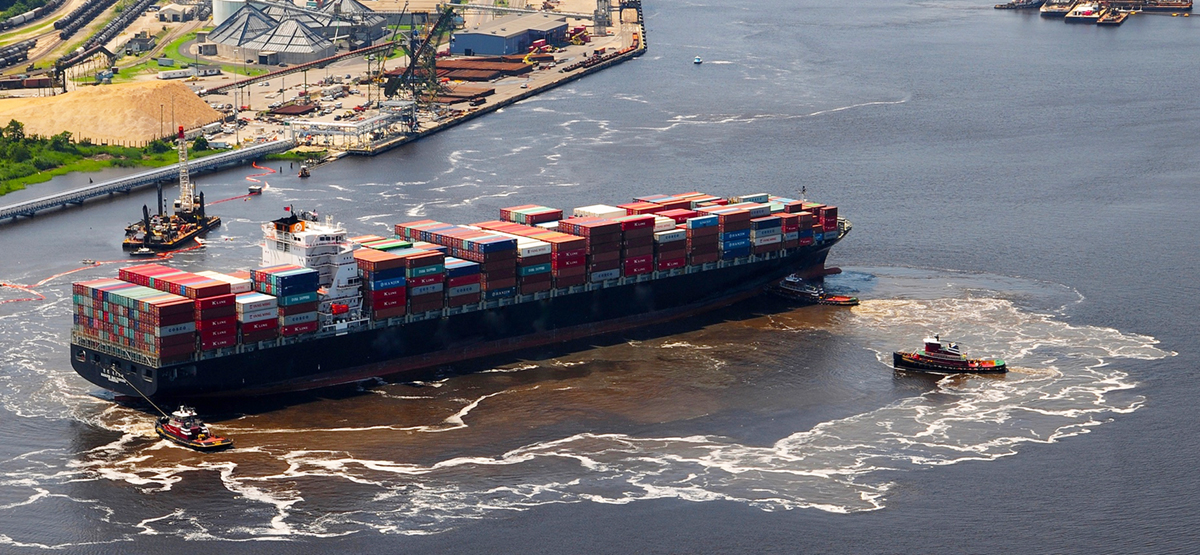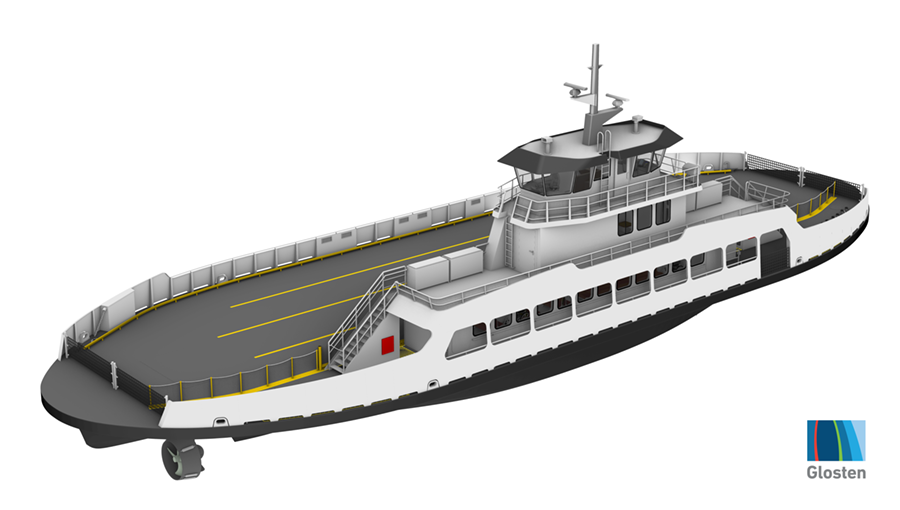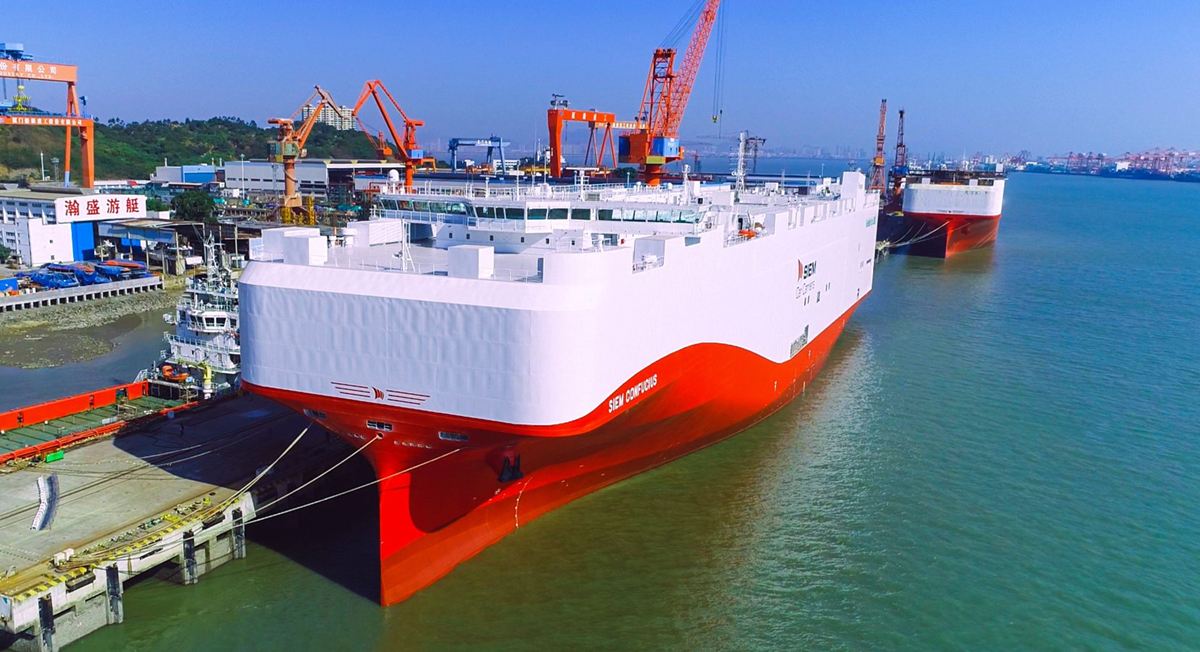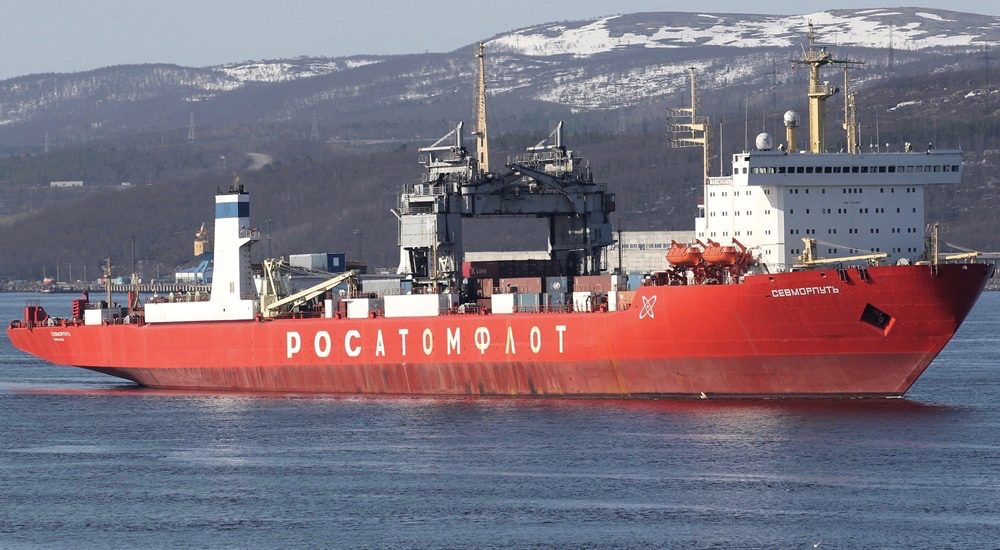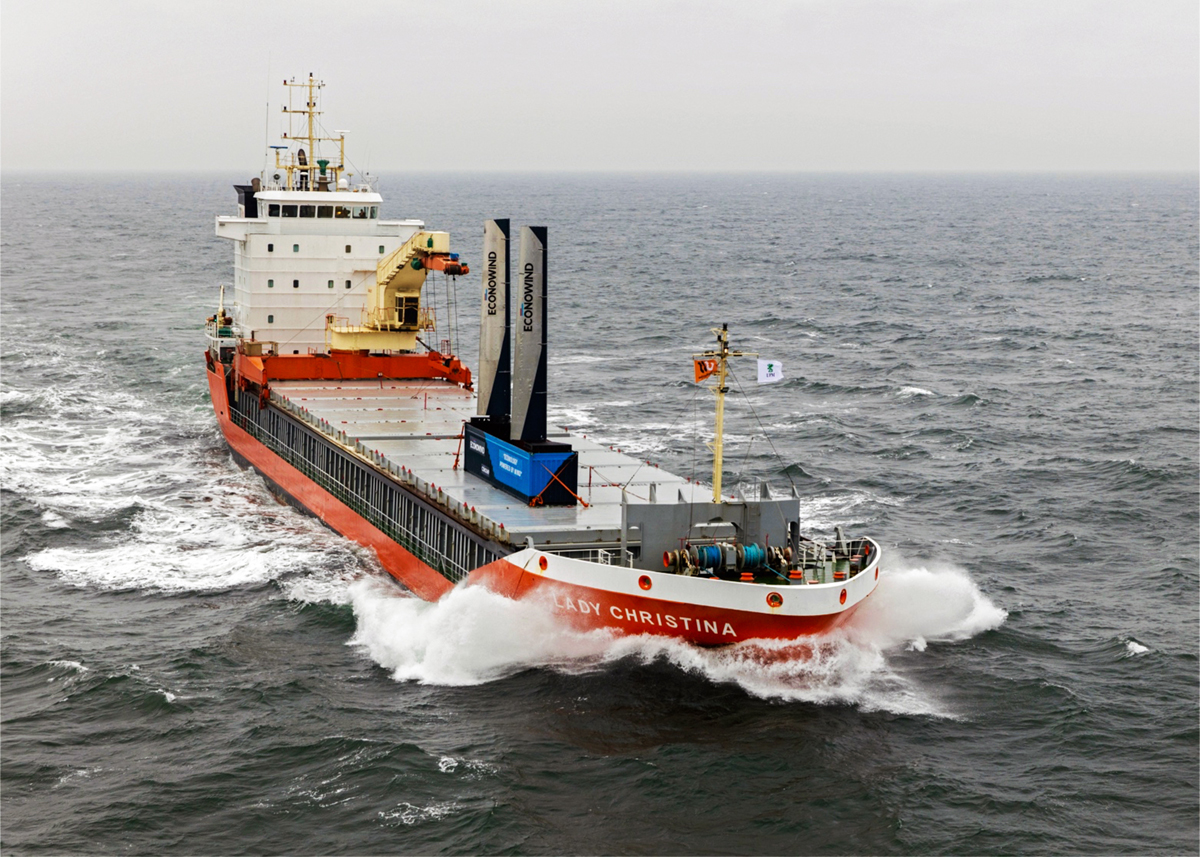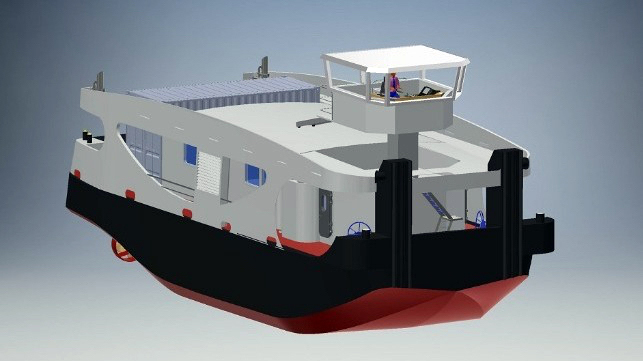01
Jun
Novatek’s Yamal LNG project in the Russian Arctic has now shipped more than 30 million tons of product, with the Arc7 ice-class tanker Nikolay Yevgenov loading the 411th cargo to mark the milestone earlier this year. In 2019, the project’s first full-year of simultaneous operation of all three liquefaction trains, 18.4 million tons of LNG were produced which exceeded the plant’s annual design capacity by 11 percent or 1.9 million tons. The first LNG Train at Yamal began production in the final quarter of 2017 while Trains 2 and 3 came on line in July 2018 and November 2018 respectively.…

